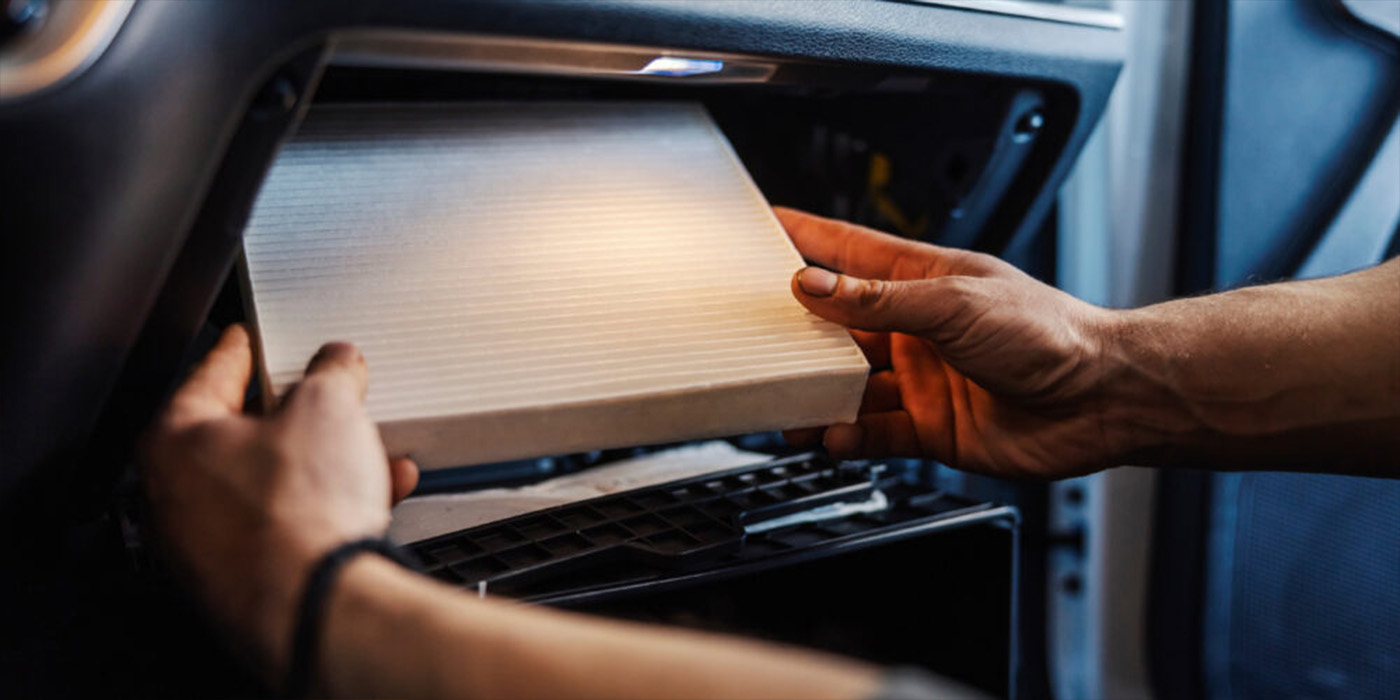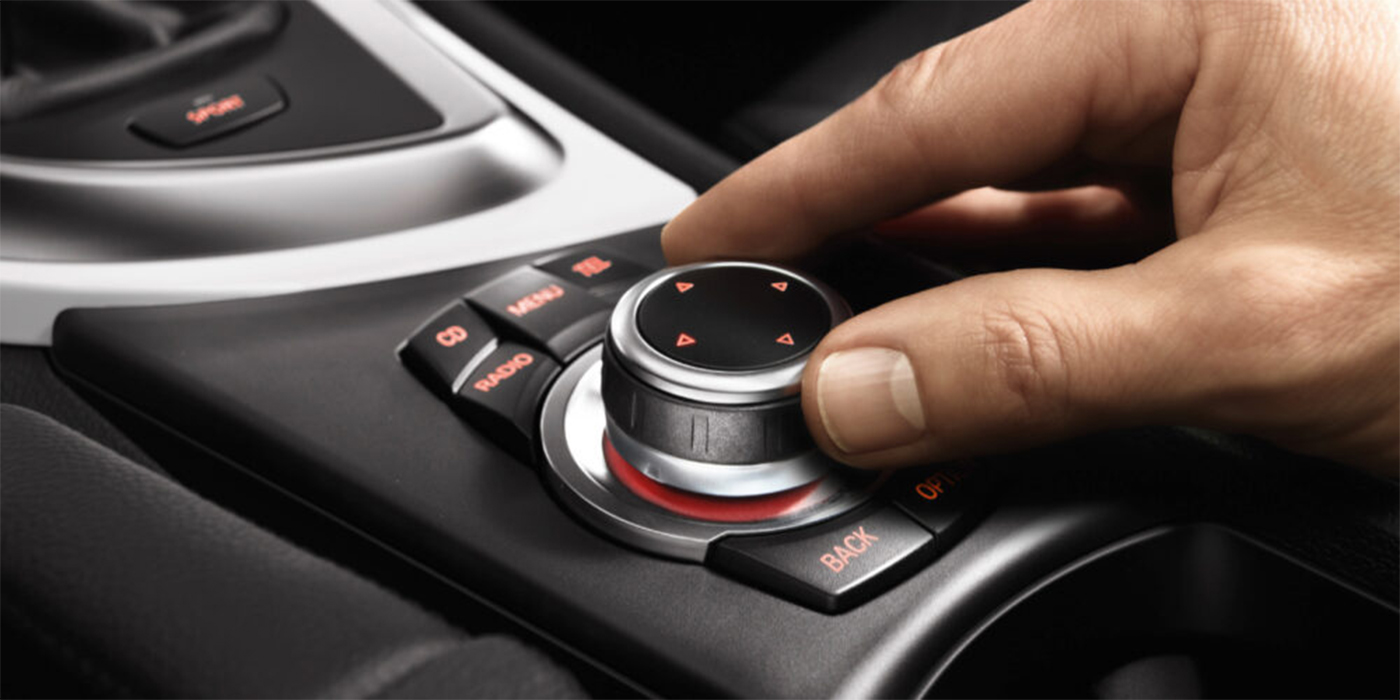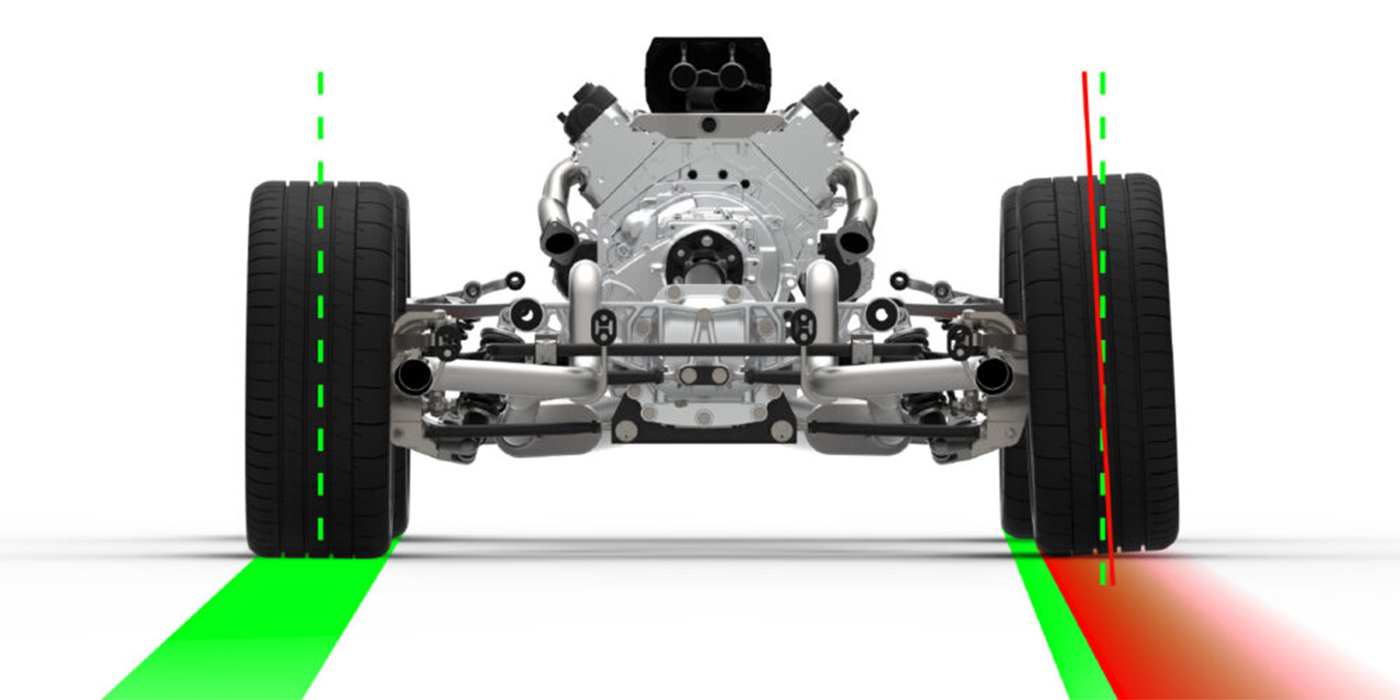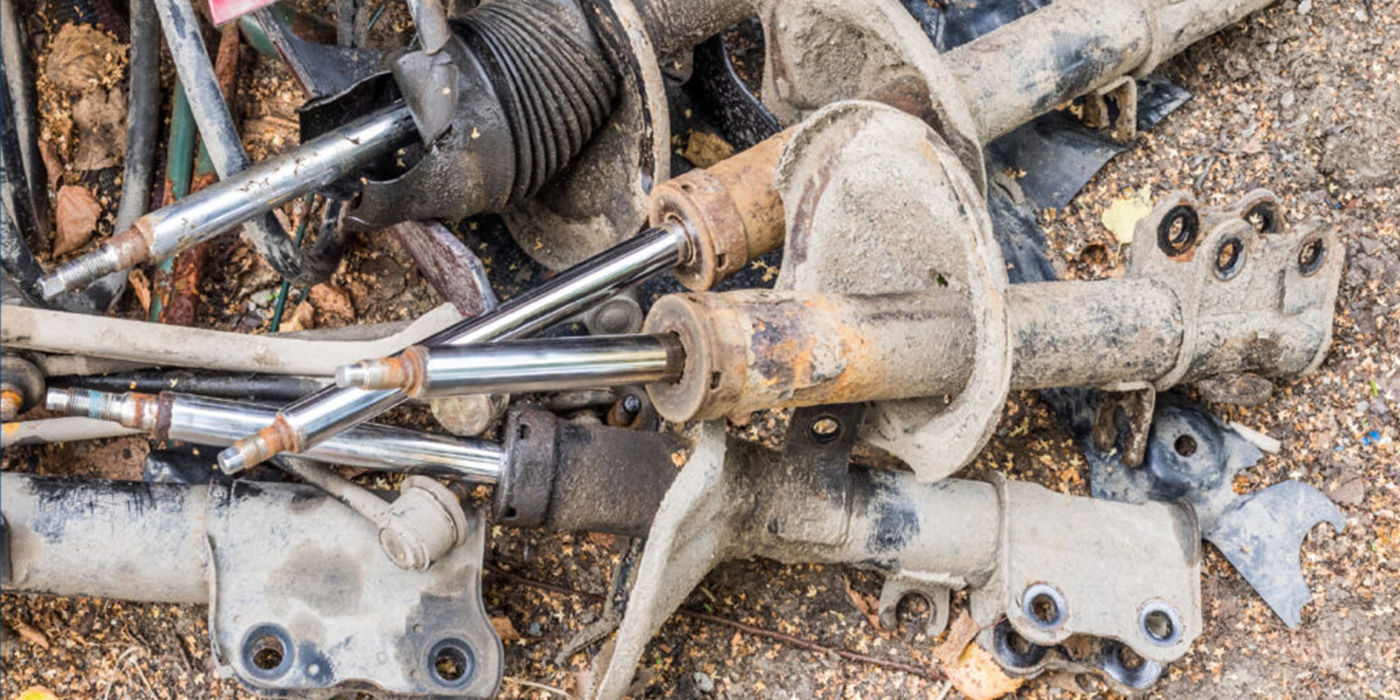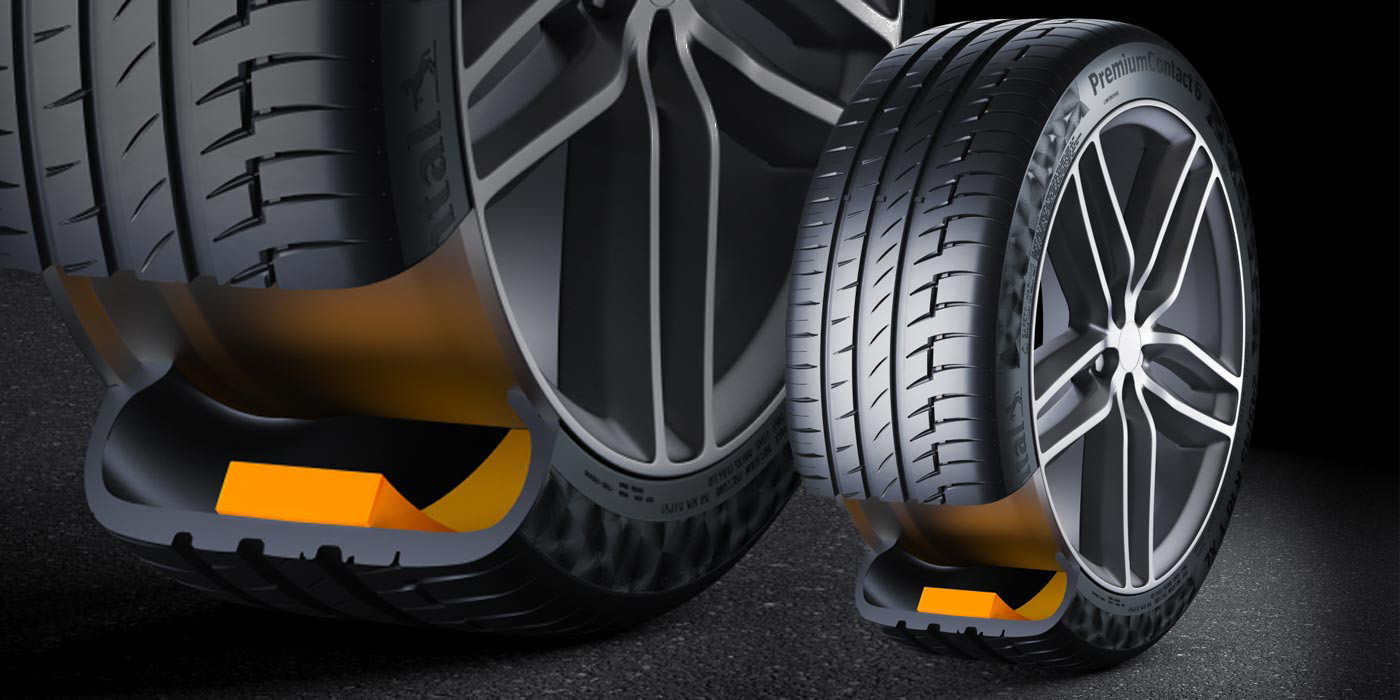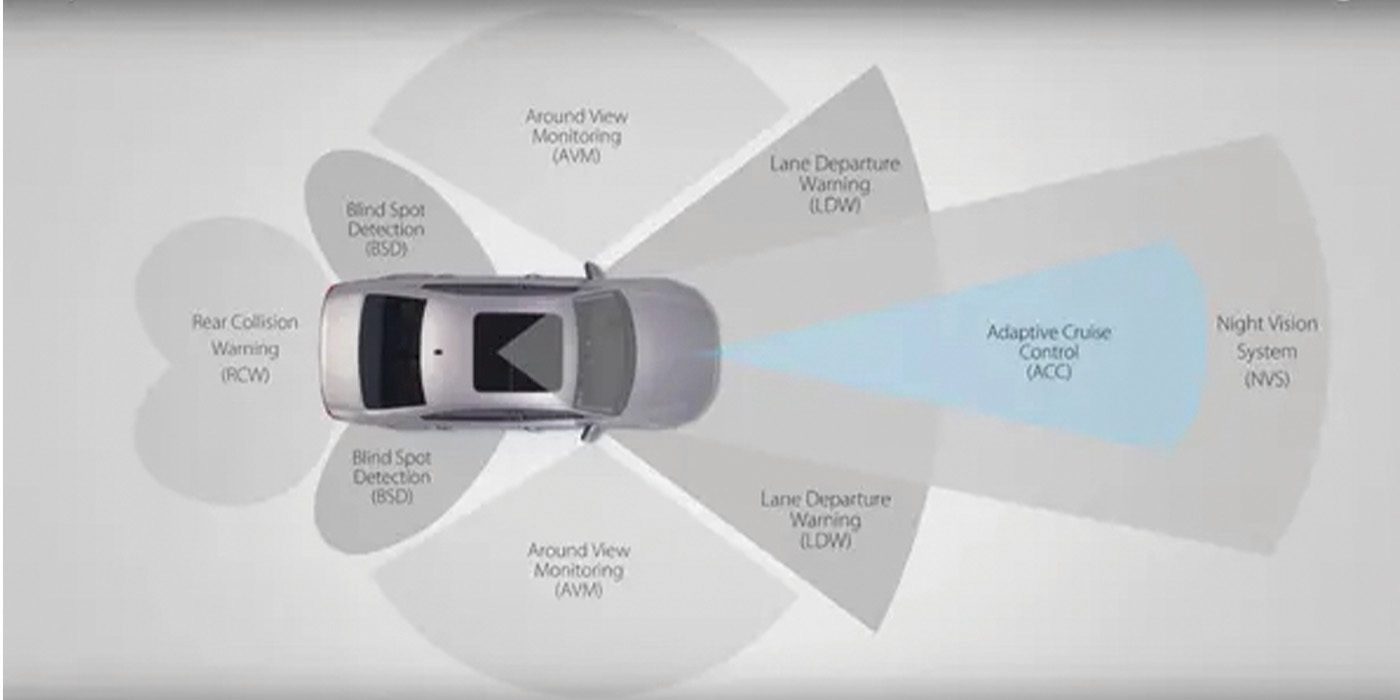By Denise Koeth
 By now, you’ve been in the business long enough to know what it takes to earn a customer’s trust. Through top-notch employees, honest and thorough vehicle service, clean and comfortable waiting rooms – and of course, impeccable customer service – your business likely is reaping the rewards of hard work and focus.
By now, you’ve been in the business long enough to know what it takes to earn a customer’s trust. Through top-notch employees, honest and thorough vehicle service, clean and comfortable waiting rooms – and of course, impeccable customer service – your business likely is reaping the rewards of hard work and focus.
But there’s always room for improvement – especially the kind that can grow your business exponentially. More precisely, the kind that will see your most loyal customers actually working for you.
Enter the active promoter – that most sought-after customer type. The person who for years has recommended your shop to family, friends and coworkers through word of mouth. And who now, in the social and digital age, is willing to shout your dealership’s praises across all of cyberspace.
When earning loyal customers often is challenge enough, how does one go about building an army of advocates – of active promoters? With a strong brand as a foundation, it’s time to work on the next platforms: customer tracking, incentives, online reviews and reputation management.
Going Beyond ‘Satisfied’
Even if your dealership did everything perfectly 100% of the time, it wouldn’t guarantee complete customer loyalty, much less an army of active promoters. Three to six months between oil changes is enough time for your shop to slip from someone’s mind. Stay at the forefront through frequent communication with customers, whether it’s by phone, text, email or a mailed thank-you note.
“We go to a lot of trouble to try to disavow the traditional tire store,” says Jimmy Matlock, president of Knoxville, Tenn.-based Matlock Tire Service & Auto Repair. “By our presence and presentation, and hopefully by our execution, when people come to our stores, they won’t leave feeling like they’ve been to a typical garage or auto repair business.”
Matlock said he personally calls 16 recent customers each day (four from each of the dealership’s four locations). “That doesn’t catch everyone, but it gives us a cross-section,” he adds. “When I call personally, that gets a ‘wow’ out of them. They don’t expect to hear from me.”
Bill Bainbridge, vice president of marketing for CJ’s Tire & Automotive Services, with 13 locations in eastern Pennsylvania, says, “We look at every consumer as a shopper. They don’t become customers until we’ve consummated a purchase. Once they’ve become a customer, we follow up with research so we know how we’re doing and reward customers for their loyalty and referrals.”
CJ’s Tire uses one part-time employee (roughly 25 hours per week) to make follow-up phone calls; if a customer cannot be reached by phone, a follow-up email is sent. The dealership has a success rate of roughly 70% to 80% in re-connecting, Bainbridge adds.
2012 Tire Review Top Shop Award winner Chapel Hill Tire Car Care Center, with four locations in the Research Triangle area of North Carolina, uses a system that goes beyond customer satisfaction follow-ups. By employing the Net Promoter System, the dealership is able to measure in concrete terms the percentage of customers willing to recommend Chapel Hill to others – the first step in building a true army of advocates.
Co-owner Marc Pons refers to the best-selling book, “The Ultimate Question,” which boils all customer satisfaction issues down to one query: What is the one action you really want your customers to do for you? The answer: “To recommend you to their friends and colleagues, to be a promoter,” Pons says.
“People who are simply satisfied can be lured away by a better offer. You want more than satisfied. You want people who are putting their name on the line with their friends and coworkers and saying, ‘Go here, I’m proud to recommend this place,’” he adds.
Following the theme of the book, Chapel Hill ramps up the basic customer satisfaction index with the Net Promoter System.
“We were doing customer satisfaction indexes and we were getting this data and didn’t know what to do with it,” Pons explains. “We were taking the average of all the scores on a scale of one to 10. If I went to an advisor whose score had dropped from a 9.4 to a 9.1 and asked what the problem was, he’d look at me and say, ‘What’s wrong with that? It’s a 9.1 – that’s good.’”
The Net Promoter System scoring methodology takes the percentage of promoters (nines and 10s) and subtracts the percentage of detractors (anything six or below). Sevens and eights are considered passive, and don’t count for or against the score. The information is gathered in a customer follow-up email (or phone call, when no email address is on file) asking two questions: “How did we do?” and “Would you recommend us to a friend?”
The number itself is not what’s important, Pons says, adding, “It doesn’t matter where you start, because any positive number means your promoters are greater than your detractors. What matters is how you’re trending – if you’re getting better.”
Because the numbers are particularly meaningful, Pons says he and his staff are able to act quickly when there’s a problem. “We’ll see periods when stores get really busy, and we won’t be able to give every customer 100% of the normal attention, and the scores drop a couple points,” he explains. “We’ll work on it, it’ll take a little time, but we’ll see it pop back up again.”
Create Active Promoters
Now on to the big question: How can you increase the number of promoters for your dealership – enough to create that army of advocates? As with many aspects of business today, social media and online reviews play a large part. But it’s also important not to overlook in-store programs and brand ambassador activities.
CJ’s Tire recently added a referral program for its 40,000-plus registered customer database that rewards customer referrals with “CJ’s Bucks,” according to Bainbridge.
“A customer gets CJ’s bucks in $10 increments. They fill in their email and pass them along to friends, neighbors, relatives, etc.,” he explains. “When the bucks are redeemed, we send more bucks to both the redeemer and the customer who passed along the bucks.”
A formal brand ambassador program, on the other hand, uses a passionate customer to reach the minds – and wallets – of those with similar interests.
“For example, maybe you do good business with local off-roading enthusiasts selling tires, wheels and other accessories,” says John Taylor, president of JTMarCom, a Nashville-based digital marketing agency specializing in online reputation management. “Perhaps there is a local guy who goes wheeling every other weekend and posts his exploits on Facebook, Instagram and YouTube. A more formal relationship with him, such as a set of tires for some exposure on his vehicle and with his followers, could help you meet other big spenders with similar interests.”
Mastering Social Media
Being involved in social media – in a strategic way – is very helpful in building an army of advocates. The first step is opening the accounts and gaining fans and followers, however, all your efforts will be wasted if your dealership doesn’t stay socially active.
“A lot of consumers today communicate by social media, including Facebook, Twitter or Pinterest,” says Barry Feasel, general manager of the Bridgestone America’s Affiliated Retailer Nationwide Network. “If you can get them somewhat interested in your business’ Facebook page or Twitter feed, that can make that relationship feel more personal. Customers who participate in your social media are prime candidates for promoting your business to others.”
He adds the biggest mistake is to set up social media, invite people in and not monitor it. “It can be very detrimental, for example, if someone says something negative and you don’t address it, so it just stays on the page for everyone else to see. Social media can be a great marketing tool but it can be a detriment if you don’t use it correctly.”
“You need a formal process and your entire team needs to understand the objectives and their role,” explains Taylor. “Their job is to find potential candidates through one-on-one conversations, Facebook and Twitter posts, etc. The trick here is to find someone that not only is thrilled about your business, but also is active in social media – they can tell hundreds of their friends on the Internet instead of a few at the coffee shop.”
He adds it’s easy to evaluate a customer’s social clout: “How active are they on Facebook, Twitter, Instagram, Google+, etc., and what is the frequency and tone of their posts? Do they regularly share consumer advice on local businesses? It doesn’t take as long as you think to evaluate someone on social media.”
Get creative in your use of social media to encourage promoters. For example, 2010 Top Shop Award winner Tires, Tires, Tires, based in Sioux Falls, S.D., takes advantage of social media advertising at the most opportune times.
“If it’s raining, we may go ahead and do a certain dollar amount off of wipers for the day and we’ll post it on our Facebook page,” says operations manager Gary Michaels. “What’s happening with some of these promotions is that they’re self-perpetuating. People share our promotion on their page so others can see, even if they don’t ‘like’ the Tires, Tires, Tires page. When that happens, you’re really using your customers to promote your business.”
Mark Gillard, marketing executive for Sullivan Tire & Auto Service, with 67 locations throughout New England, says the dealership is very active on social media and often sees its customers promote Sullivan Tire to their social networks.
Citing a recent example on Twitter, one of its followers recommended Sullivan Tire to a friend who was looking for a tire shop in Boston. Because she mentioned Sullivan Tire in her tweet, the shop was notified and was able to respond that same day, thanking her for the referral and reaching out to the prospective new customer in one fell swoop.
Even if you didn’t jump on the social media bandwagon at the very beginning, it’s not too late to get invol- ved. When Matlock’s son joined the business after graduating from college, he became responsible for getting Matlock Tire up to speed.
“I admit I’m slow to the game on that side of things, so he’s working with an agency to get us up to speed in that area,” Matlock notes. “We are evolving, mainly by using a social media marketing company (Slamdot, located in Knoxville) to help us work on our online presence.”
Racking Up Reviews
A recent study by social analytics firm ShareThis quantified the price people will pay for a product based on in-person or online reviews, according to Taylor. Research based on 6,000 participants revealed that recommendations have more of an impact on purchase behavior than brand or price.
“The researchers found that highly positive online share can generate an almost 10% increase in purchase intent, while negative reviews can reduce purchase intent by 11%,” Taylor adds.
“Consumers discussing what they like and they don’t is nothing new, but today this consumer word-of-mouth happens at lightning speed online, in the form of reviews,” says Darnell Holloway, Yelp’s head of local business outreach.
He adds that in a recent national survey, 85% of consumers said they read online reviews about local businesses. A recent Nielsen study also found that four out of five Yelp users visit the site when preparing to spend money.
“This represents a huge opportunity for business owners to get in front of potential customers when they’re on the verge of making a buying decision,” Holloway notes.
In other words, in the creation of your army of advocates, online reviews – Yelp, Google, etc. – should play a key role.
“The next step is to make it really easy for your promoter,” Taylor says, citing as an example a hair salon in Illinois that was number one in organic Google search results despite not having the best location and some other drawbacks. “When a customer left their establishment, they were handed a card providing explicit instructions on how to leave an online review.
“A QR code driving your customers to the desired review link also can be effective,” he continues. “Make it easy. A customer who is overflowing with joy when she leaves your store quickly gets distracted by the things in life.”
Maintaining Your Rep
Once the reviews start pouring in, you should have a system in place to monitor progress, respond to negative reviews or complaints, and keep an eye on your dealership’s online reputation in general.
“It’s important for business owners to join the conversation with their customers,” Yelp’s Holloway says, adding the company provides a free suite of tools at biz.yelp.com that can be used to respond to reviewers either privately or publicly. “Providing great customer service along with a consistent review response strategy is the most effective way for businesses to manage their online reputation.”
Holloway adds that while 79% of the reviews on Yelp are three stars or higher, the main challenge business owners face is learning to understand how to deal with negative reviews (for his step-by-step advice, see the sidebar on page 40). “It’s important to remember that it’s impossible to please 100% of your customers 100% of the time. However, the good news is that by diplomatically responding to a reviewer, you have a chance to help the situation and maybe even change this customer’s perspective for the better.”
Feasel says Bridgestone offers its affiliated dealers online review management help through Mitchell 1’s SocialCRM program, which encourages customers to review their experience at a store through an online review site called SureCritic. It also automatically feeds reviews to a tire dealership’s social media pages, as well as alerts the shop when a bad review comes through, giving the dealer a chance to respond.
Under the program, every consumer that is processed through a dealer’s POS system is sent a thank-you email for the business and is asked to review their experience. The email includes a direct link to place a review through Sure Critic. After that, customers are asked to place a review through Google and other outside sources.
“Bad reviews will happen, no matter how good you are,” Feasel says. “Research shows consumers do not believe all five-star reviews – they believe they’ve been manipulated. It’s not such a bad thing to have a bad review every once in a while; it’s how you manage it that is important.”
Aside from online reviews, the larger issue of reputation management will help bolster the ranks of your army of advocates.
Taylor advises setting up Google Alerts for your company’s name, as well as the names of your executives and competitors. “Set it up on full alert mode and you will find out pretty quickly if there’s something on the Internet that requires your attention,” he says, adding you also can augment this protection with free social media monitoring tools.
Hootsuite, for example, covers multiple social networks including Twitter, Facebook, LinkedIn, WordPress, Foursquare and Google+. Hootsuite offers weekly analytics reports and a team management facility, which allows multiple users to manage a dealership’s social media accounts, Taylor says.
He also recommends Social Mention, which monitors more than 100 social media sites. “It is probably one of the best free listening tools on the market, as it analyzes data in more depth and measures influence with four categories: strength, sentiment, passion and reach,” Taylor explains.
“If you’re a tire dealer, you can do a credible job of monitoring your online brand reputation with Google Alerts and one or two of these free services,” he says. “If you’re a national brand, consider more robust monitoring programs like Radian6 and Sysomos. When speed is of the essence, like when one of your employees is doing bad things in your shop on YouTube and millions are watching, you want one of these services.”
Putting it Into Practice
So how are dealers facing online reviews and reputation management as they strive to build an army of advocates? Those polled for this article are progressive enough that they are strengthening existing strategies or putting systems in place for online reputation management.
“I can’t stress how important your online reputation is,” Tires, Tires, Tires’ Michaels says. “It’s important enough that I diverted some money in the budget to address online reputation this year and am currently in negotiations with three different companies.”
For now, Michaels personally responds to negative reviews after performing an internal investigation. In one recent example, a customer left a negative review because Tires, Tires, Tires techs would not repair a tire that had a nail in its sidewall.
“I explained to that customer that our staff did what they’ve been instructed to do and I attached a TIA article talking about the safety of not repairing that tire,” he says. “If you follow up with a customer who’s had a negative experience and correct the situation, that person will be more likely to promote your business than a customer who was happy with their experience.”
Sullivan Tire’s Gillard says the dealership constantly monitors the Internet for mentions of the brand using several different methods. “If we see a complaint online, it immediately is followed up on and – if possible – logged into our CRM (customer relationship management) system. We then do everything in our power to resolve these complaints. In many circumstances, we’ve resolved the complaint and the customer writes a follow-up review saying that we took care of them.”
“We’re just taking baby steps here outside of Facebook and Twitter,” says CJ’s Tire’s Bainbridge. “We spot check Yelp and Google for new reviews, thank and reward positive reviewers, and contact all negative reviewers to get a better understanding of their comments.”
No Silver Bullets
When talking to tire dealers for this feature, the term “silver bullet” often came up. As in, there are none when it comes to building an army of active promoters.
After all, if it were easy, everyone would have done it by now.
“It’s a hyper-competitive world these days,” Pons says. “You have to be relentless and try to do everything well – and even then there’s no guarantee you’ll soar above the competition because the competition is good, as well. Everybody’s smarter than they were 10 years ago. You’ve also got to be smarter, or you’ll fall behind.”
Hopefully, you now have some new tools to add to your arsenal. It’s time to build up your dealership’s army of advocates.
Article courtesy of TIRE REVIEW.

